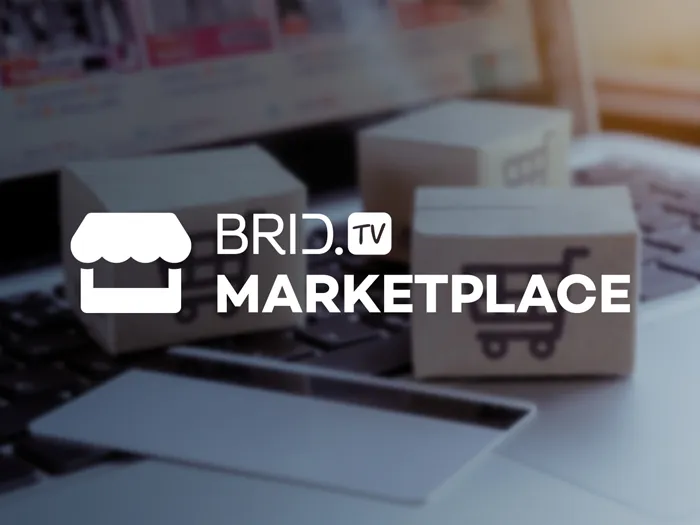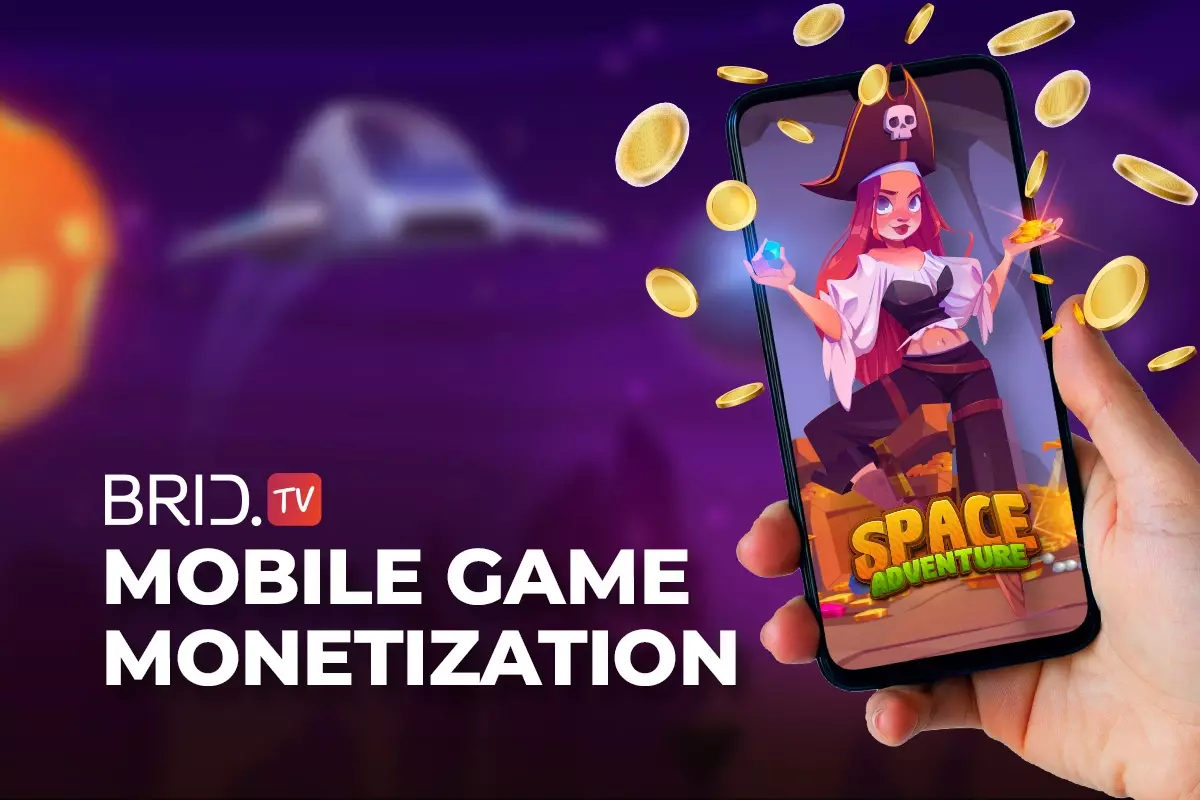So you’ve come up with a great idea for a mobile game. You want to develop it so people around the world can get hours upon hours of fun playing it. But what do you get? Ideally, you get to make money off of your mobile game app. In order to do that, however, you will first need to learn more about mobile game monetization. Let’s jump right into it.
What Is Mobile Game Monetization?
Mobile game monetization is the process of generating income from a mobile game that you developed and published. Ideally, your monetization strategy is something to consider in the early stages of the development process. This is because different monetization models work differently with various types of mobile games. But what are these models anyway?
Mobile Game Monetization Models — How to Monetize Your Mobile Game
There are many ways in which you can turn your mobile game into a source of income. However, the three most popular ones include in-app advertising, in-app purchases, and subscriptions. Let’s take a look at each one.
In-App Advertising
In-app advertising entails showing ads to app users in order to generate revenue. This is quite a complex process that involves multiple parties, including mobile ad networks, SSPs, DSPs, ad exchanges, and more.
In short, when a user opens a publisher’s app, the app sends an ad request to the publisher’s network for a certain piece of ad inventory. This request entails information such as the type of ad that the app wants to serve and the floor price. The ad network then gathers offers from SSPs and picks the ad that matches the request and has the highest price.
There are several common payment models for mobile advertising:
- Cost per mille, also known as CPM, calculates the price of an ad per 1000 impressions. In other words, when the ad is served 1000 times, the publisher gets an X amount of money.
- Cost per click, or CPC, is the price of each click on an ad. Whenever a user sees an ad and clicks on it, the publisher earns money.
- Cost per install, or CPI, is a payment model used for advertisements for apps. Whenever a user clicks on the ad and installs the app being advertised, the publisher receives ad revenue.
Other, less common pricing models include cost per action (CPA), cost per engagement (CPE), cost per completed view (CPV), and cost per sale (CPS).
Mobile Game Ad Formats
There are dozens upon dozens of different mobile ad formats you can include in your app. However, not all of them are equally effective, especially in the case of mobile games.
One of the most common types of ads for mobile games is rewarded video ads. These ads grant the user an in-game reward for viewing the advertisement. The reward might consist of in-app currency, additional lives, or another in-game commodity.
Interstitial ads are also quite popular among game developers. However, since they take up the whole screen, they can be quite intrusive, especially in fast-paced games. That is why smart placement and moderate use are key when it comes to interstitials.
Some other common types of ad formats for mobile games include rich media ads, which are interactive and quite engaging, and display ads, i.e., banners, which have become a staple of digital advertising across channels.
Pros:
- Free-of-charge for users
- Variety of ad types to choose from
- Compatible with other monetization strategies
- The popularity of in-app advertising is on the rise
Cons:
- Ads can be disruptive to the user experience
- You may be showing competitors’ ads
- Requires a certain number of users to be profitable
In-App Purchases
In-app purchases are an app monetization model that requires users to spend real-life currency on in-game commodities. In order to implement this model, game developers need to integrate a paywall into their apps.
So what is it that you can actually sell in your game? Let’s take a look at some of the most commonly sold commodities:
- One-Time Consumables — These items include things such as energy boosters, in-game currency, and other commodities players can purchase and consume over and over again.
- Character/Item Skins — Skins have more to do with the aesthetics of the game than actual gameplay. Users can purchase various UI themes or outfits for their characters, for example.
- Extra Lives — Many mobile games give users a limited number of lives, with new lives being added in a recurring time frame. If the user doesn’t want to wait for a new life, they can purchase one.
- Premium Items/Characters — Users can also purchase access to some content they otherwise wouldn’t have. These premium items and characters may affect the appearance of the game or make the gameplay easier.
Pros:
- Compatible with other monetization models
- Users can download the app for free
- High revenue potential
- Highly flexible monetization model
Cons:
- Requires more backend work
- Not a consistent stream of revenue
- Looked down upon by some users
Subscriptions
Subscriptions might not be that popular of a monetization model in the mobile gaming world yet, but they’re certainly on the rise. This model is based on recurring transactions for access to the game or in-game commodities. The transactions may happen weekly, biweekly, monthly, yearly, and so on.
All subscription strategies are based on the idea of recurring payments. However, there are many different things you can offer in return, making subscriptions quite a diverse monetization model. For instance:
- VIP Subscriptions — These subscription plans offer paying users exclusive access to content (premium in-game items, extra levels, etc.) that is otherwise unavailable to non-paying players.
- Battle Pass — Somewhat similar to VIP subscriptions, battle passes offer time-restricted access to bonus rewards in a tiered system. For instance, a non-paying player might get a certain reward for completing a level, while battle pass subscribers can get extra rewards for the same level. The Battle Pass subscription only rewards active players.
- Remove Ads Subscription — The Remove Ads subscription is a great option for developers who want to incorporate multiple revenue streams — namely, ads and transactions. Free players get the version of the game with ads while paying users get to play the game ad-free.
Pros:
- Predictable, stable revenue
- Increased user retention
- Great for users who don’t want to see ads
- On the rise in popularity
Cons:
- Not for users who don’t want to pay a recurring fee
- Requires constant maintenance and updates
- Not the best for combining with other monetization models
Hybrid Model
If you’re not sure which mobile game monetization model to choose, the good news is that you can also consider combining several models. For instance, many developers combine ad-based monetization with subscriptions or purchases to maximize revenue.
The biggest advantage of this approach is that it attracts both those people who don’t mind spending some money to bypass ads and make gameplay more enjoyable, as well as those players who would rather play a game for free and see an occasional ad.
Monetize Your Game With Brid.TV Marketplace
If you decide to monetize your mobile app through ads, you’ll need a reliable ad-based app monetization platform by your side. Brid.TV Marketplace allows publishers and app developers to create a stable, reliable source of income by providing high-quality ad demand with high fill rates. The platform is easy to set up and navigate, and it supports a wide array of display and video ad formats to meet all of your advertising needs.
Join Brid.TV Marketplace today to start monetizing.
· Premium Google ADX Demand
· Omnichannel Monetization
· Rich Selection of Video Ad Formats
· Real-Time Performance Tracking
· Automated Reporting


